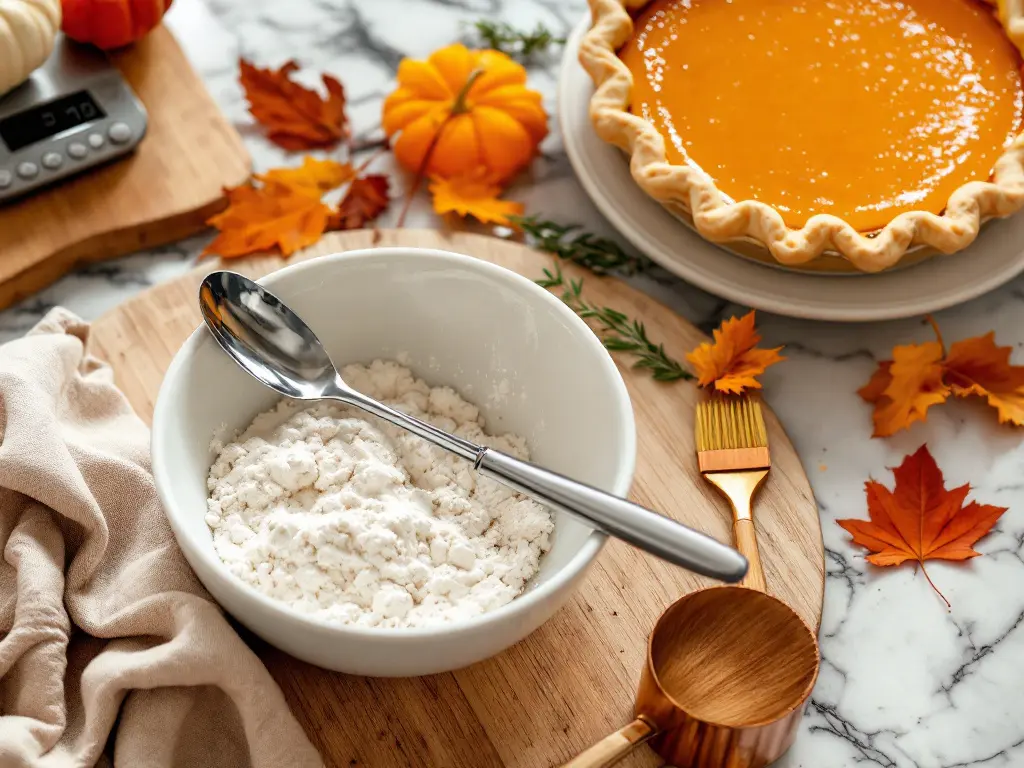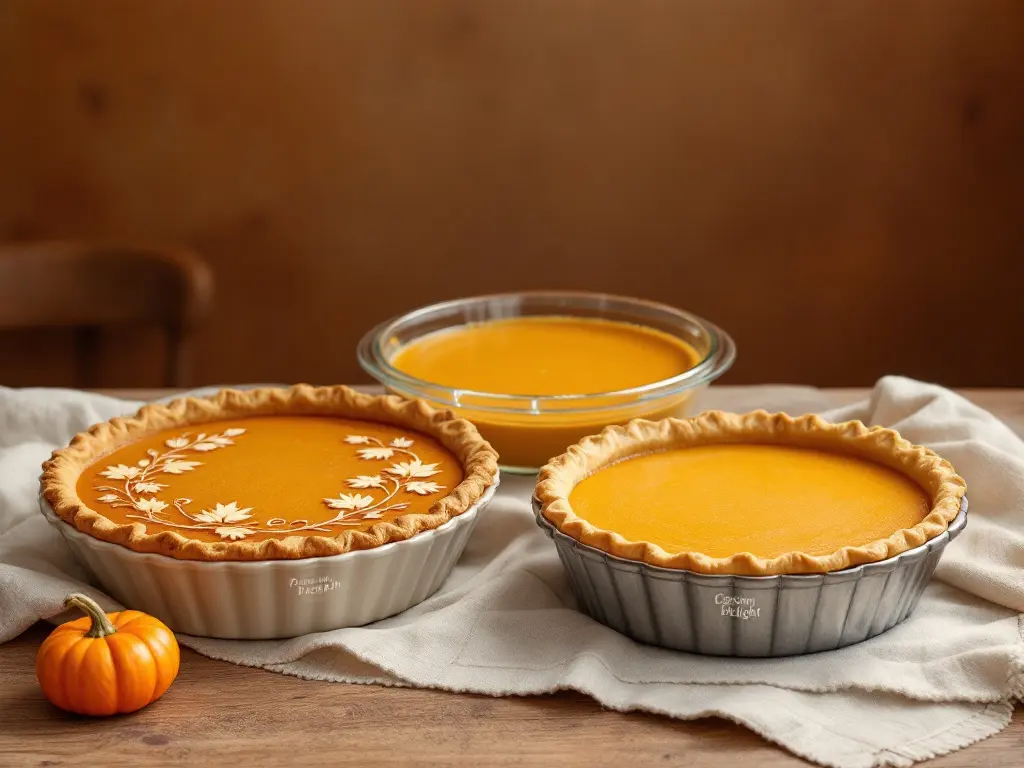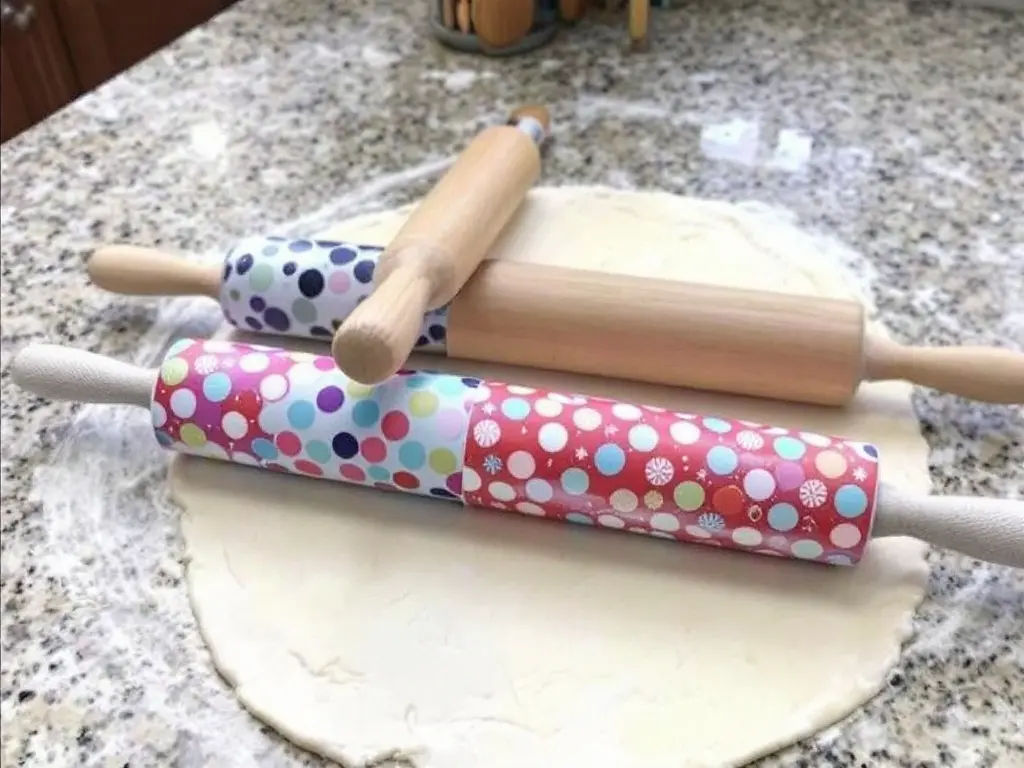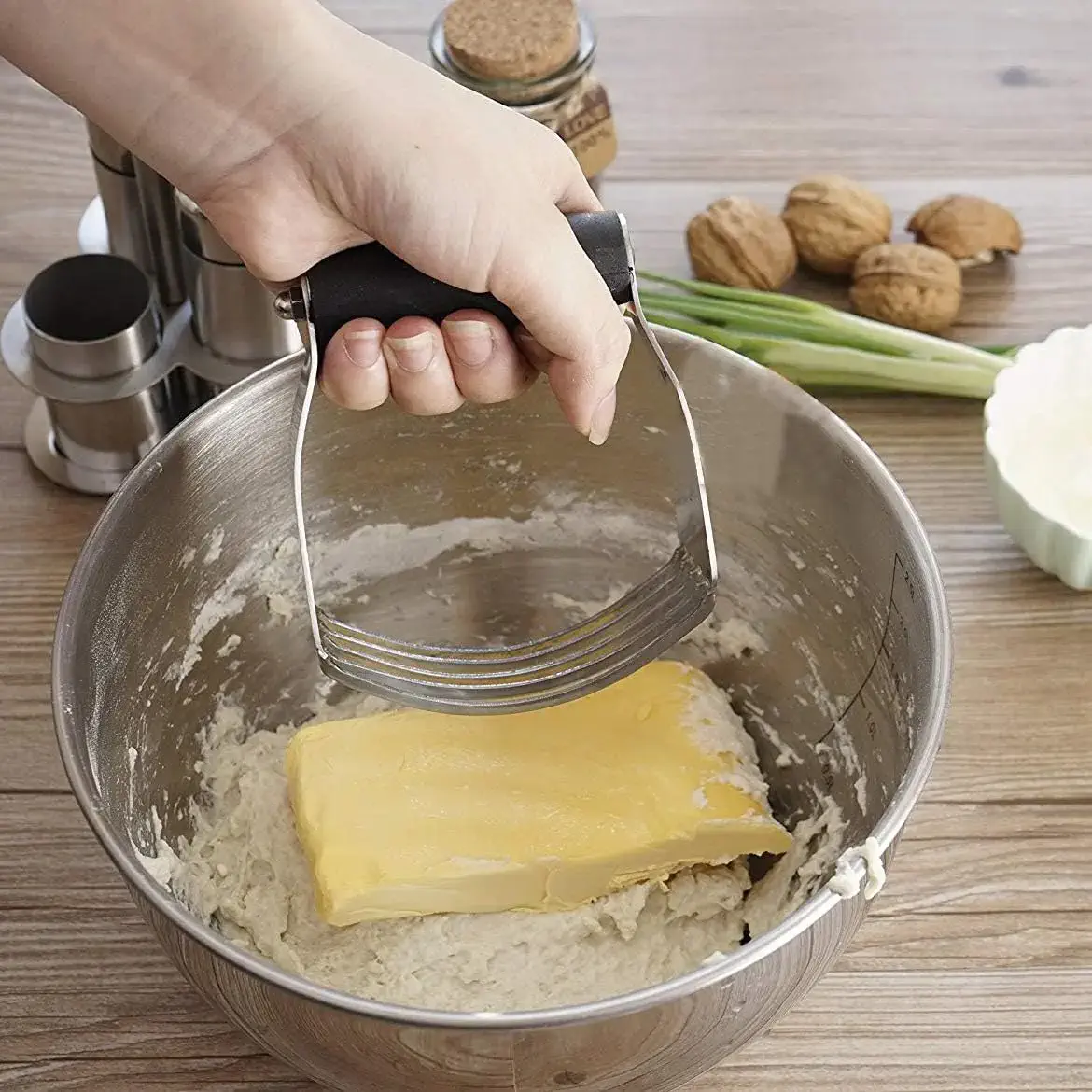- Tools of the Trade
- The Must-Have Tools
- Optional Tools for a Pro Finish
- FAQ
- Conclusion: Elevate Your Baking

Tools of the Trade
Creating the perfect pumpkin pie is as much about the tools you use as it is about the recipe. With the right equipment, you can ensure every element—from the crust to the filling—is flawless. This guide outlines the five essential tools every baker needs to master their Perfect Pumpkin Pie Recipe, with tips and techniques backed by science and expertise.
The Must-Have Tools
Pie Dish
A high-quality pie dish is crucial for baking success. Here are the three most popular materials:
- Ceramic: Retains heat evenly, ideal for a consistently golden crust.
- Glass: Lets you monitor the crust as it bakes, ensuring no undercooked spots.
- Metal: Conducts heat quickly, perfect for crisping the crust, though it requires careful monitoring.
A study published by PubMed Central (PMC) highlights the importance of even heat distribution in baking, emphasizing the value of choosing the right pie dish material.
vv
Rolling Pin
A rolling pin ensures even dough thickness, which is essential for a balanced crust. Popular types include:
- Wooden Rolling Pin: A versatile classic, ideal for most baking needs.
- French Rolling Pin: Tapered edges make it easier to control dough thickness.
- Marble Rolling Pin: Stays cool, preventing butter from melting during rolling.
According to research published by Nature Scientific Reports, temperature control during dough handling significantly impacts its texture and consistency, making a marble rolling pin an excellent choice for buttery recipes.

Pie Weights
Pie weights are essential for blind baking, which prevents the crust from puffing up or shrinking. Consider these options:
- Ceramic or Metal Weights: Designed specifically for baking, providing consistent weight distribution.
- Alternatives: Use dried beans, rice, or even a clean chain if you don’t have official pie weights.
For recipes like The Secret to the Perfect Pumpkin Puree, blind baking ensures a sturdy crust that can hold wet fillings without becoming soggy.

Pastry Blender
A pastry blender ensures flaky layers by cutting fat into the flour efficiently:
- Technique: Use quick, firm motions to incorporate fat without overmixing.
- Alternatives: Use two knives or your hands to achieve a similar effect.
Learn more about achieving a flaky crust with a pastry blender in our guide to avoiding common pumpkin pie mistakes.

Oven Thermometer
Most ovens have temperature inconsistencies. An oven thermometer ensures precise baking by verifying the actual temperature:
- Placement: Position it in the center of the oven for accurate readings.
- Benefits: Prevents underbaking or overbaking, ensuring consistent results.
Optional Tools for a Pro Finish
- Pastry Brushes: Perfect for egg washes and glazes, with options in silicone or natural bristles.
- Pie Shields: Protect crust edges from over-browning during baking.
- Decorative Pie Cutters: Add creative designs to your crust for professional-level presentation.
FAQ :
Can I bake a pumpkin pie without pie weights?
Yes, you can use dried beans, rice, or even sugar as substitutes for pie weights.
What type of pie dish is best?
Glass dishes provide even heat distribution, while ceramic is excellent for aesthetic serving.
Do I need a pastry blender?
No, two knives or your hands can work, but a pastry blender offers the most consistent results.
How do I ensure my oven temperature is accurate?
Use an oven thermometer and calibrate your oven according to manufacturer guidelines.
Conclusion: Elevate Your Baking
The tools you use can transform your pumpkin pie from ordinary to extraordinary. Whether it’s a reliable pie dish or an accurate oven thermometer, these essentials ensure every step of the process is flawless. Explore more with our Perfect Pumpkin Pie Recipe or discover the health benefits of pumpkin spice.
